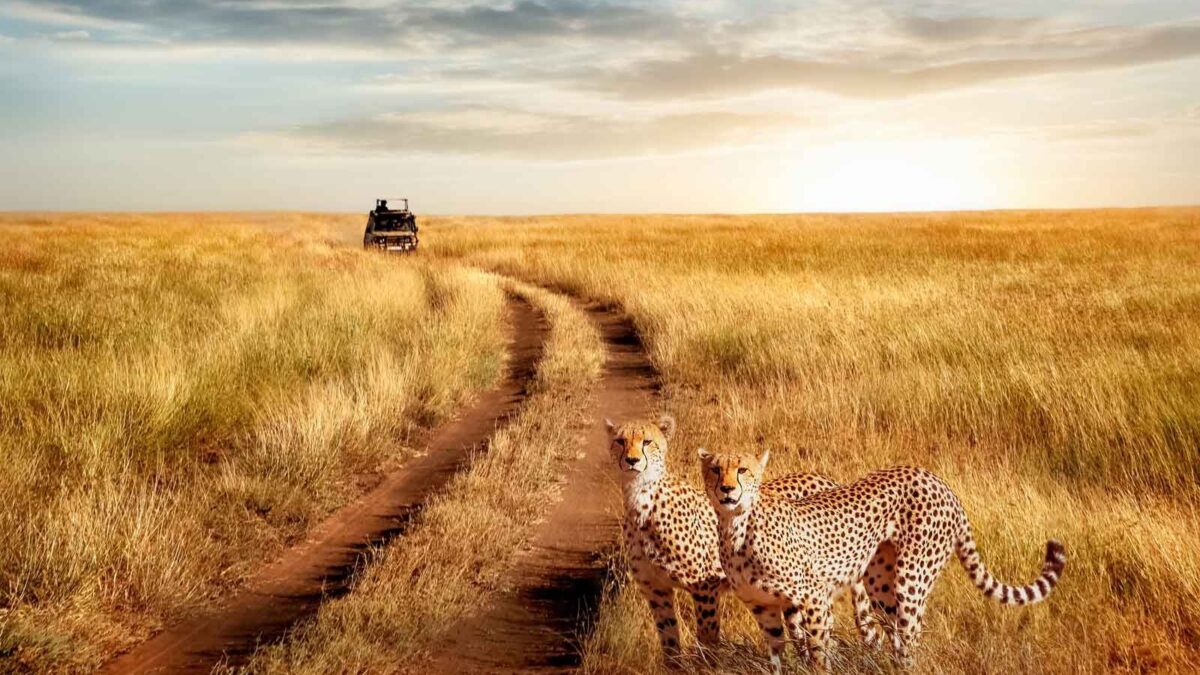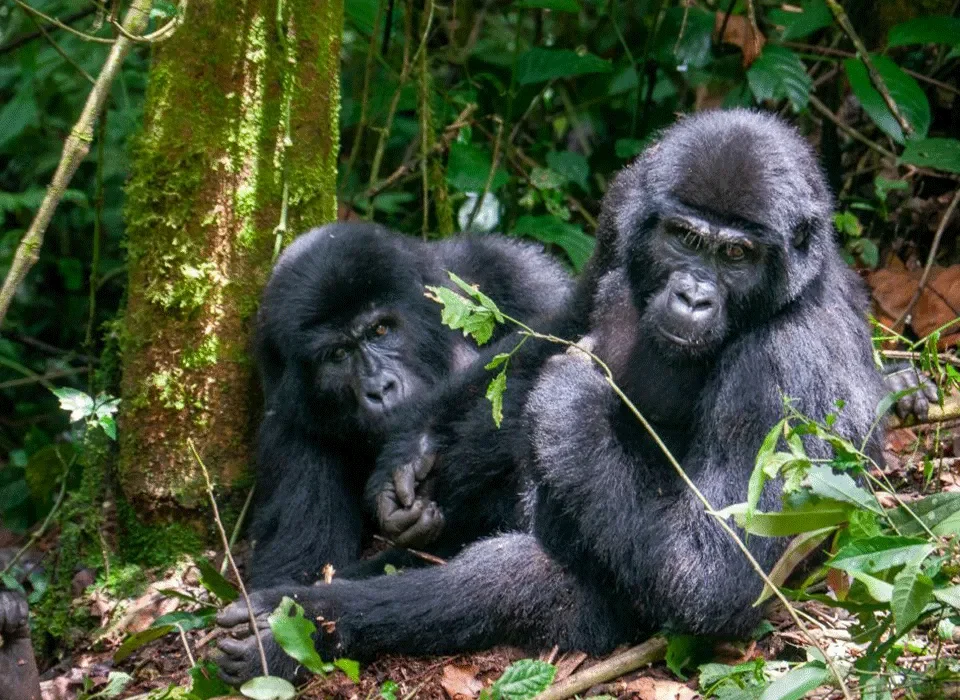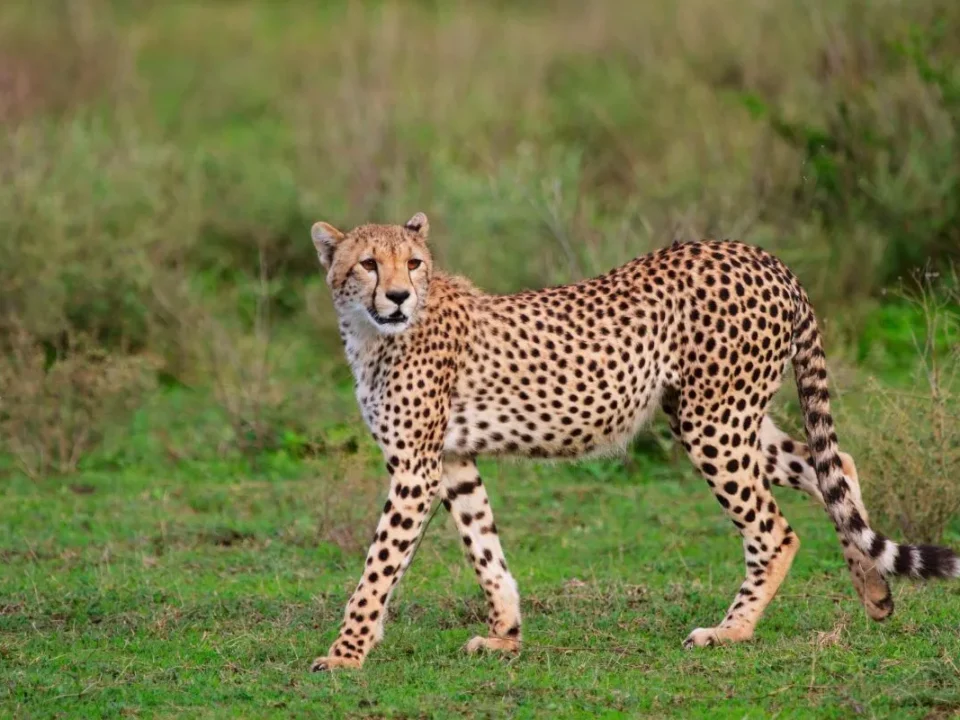Best Time to Visit Tanzania

Organizing a Big Five Safari in Uganda
February 23, 2024
When is the Best Time to visit Serengeti?
February 23, 2024Best Time to Visit Tanzania: Unveiling the Best Seasons for Safaris and Tours
Determining the best time to visit Tanzania involves delving into the intricacies of its diverse seasons, each offering unique wildlife spectacles and captivating experiences. The dry season, stretching from late June to October, emerges as the prime window for an exceptional Tanzanian safari.
June and July mark the onset of the dry season, witnessing the mesmerizing migration of wildebeests in the Serengeti National Park. As August and September unfold, the northern Serengeti becomes the stage for the awe-inspiring sight of wildebeests crossing the river.
An intriguing interlude occurs during the shorter dry season from January to February, drawing attention to calving. This period, characterized by reduced rainfall, becomes a haven for predators like lions, leopards, and cheetahs seeking vulnerable calves as prey. Consequently, this juncture becomes optimal for spotting predators in the Serengeti.
From November to May, Tanzania transforms into a haven for migratory birds, offering birders an enriched experience. January, in particular, stands out for birding enthusiasts as migratory birds begin their arrivals.
While the wildebeest migration is most prominent in June and July, the northern circuit remains enticing throughout the year. For an enhanced chance of witnessing this grand migration, planning a visit during June and July is advisable.
Spotting wildlife becomes more accessible in the dry season around main water bodies, compelling animals to traverse longer distances in search of water as pools within the park dry up.
Beyond the safari adventure, embarking on the ascent of Mt. Kilimanjaro is most favorable during the dry season, spanning from June to October.
Best Time to Visit Tanzania: Navigating the East African Gem
As one of East Africa’s distinguished nations, Tanzania holds its place in the East African community, celebrated for its rich tourism offerings, particularly in the game parks. While Tanzania warmly welcomes visitors year-round, the dry season emerges as the opportune period for a visit.
The dry season holds a distinct advantage for wildlife viewing. As the grass dries up and water holes diminish, animals are compelled to move across the park in search of water and pasture. The concentration of animals around water holes becomes a highlight for animal viewing, with predators often lurking in anticipation along the riverbanks.
While Tanzania graciously opens its national parks throughout the year, understanding the nuances of each season enhances the overall experience, ensuring seamless engagement in planned activities without inconvenience.
Wildlife Extravaganza and Birding in Tanzania
Tanzania’s claim to fame rests not only on its extraordinary wildebeest migration but also on the abundance of wildlife gracing its parks. The iconic migration unfolds in June and July in the Serengeti, accompanied by a sizable wildebeest population in the Ngorongoro Crater. The parks host an array of captivating species, including lions, leopards, hyenas, zebras, giraffes, impalas, hippos, crocodiles, chimpanzees, cheetahs, African wild dogs, serval cats, and an impressive 1114 bird species, including the striking flamingos.
Tanzania boasts over 1000 bird species, with approximately 800 residents and 200 migrants. Of these, 30 species are endemic, and 44 are accidental. Migratory birds from Europe and North Africa grace Tanzania’s skies from November to April, rendering this period ideal for birding enthusiasts. Ostriches, flamingos, guinea fowl, shoebill storks, turacos, hammerkops, egrets, kingfishers, African barbets, ashy sterlings, hartlaub’s turacos, black crakes, and kilombero weavers are among the diverse bird species adorning Tanzania’s national parks, making it a year-round birding destination.
Safety in Tanzania for Discerning Tourists
Tanzania stands as a safe destination for travelers, and this safety is further enhanced when journeys are organized by reputable safari companies. While incidents of armed robbery and bag snatching have been reported, exercising caution—especially during nighttime travel—is advised. Avoiding the carrying of large sums of cash and keeping valuables secure minimizes the risk of theft. It is recommended not to carry the passport everywhere; a copy of the Identity Card suffices for most outings. Caution is paramount when using public transport.
In conclusion, Tanzania beckons with its diverse landscapes, prolific wildlife, and warm hospitality. Whether basking in the spectacle of the great migration or immersing in birdwatching delights, Tanzania stands as a year-round haven for discerning travelers seeking an authentic African safari experience.




